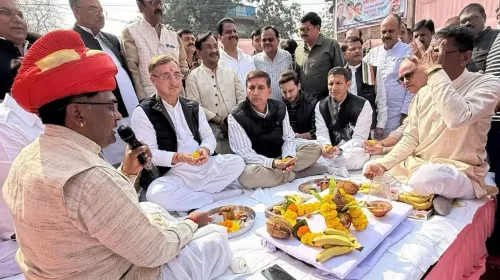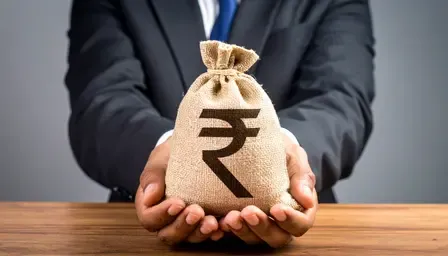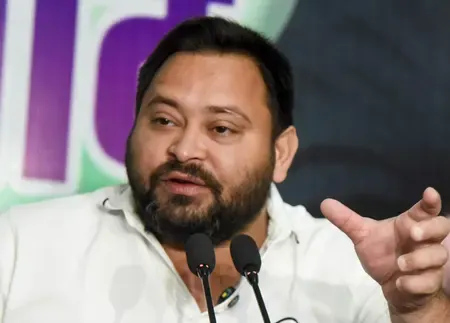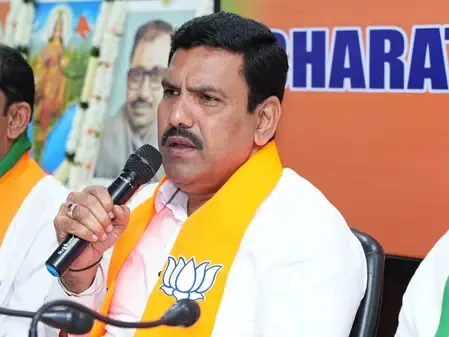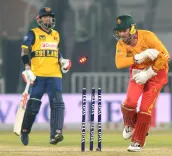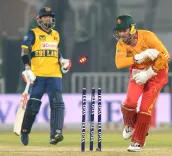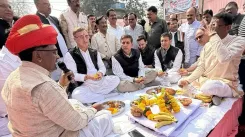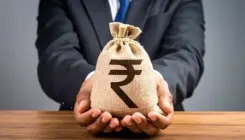Is India Set to Achieve 6.8-7% Growth in Q2? HSBC Reports
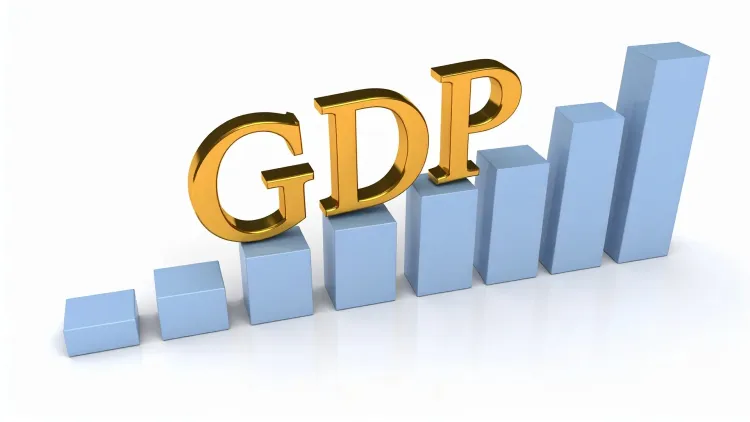
Synopsis
Key Takeaways
- India's GDP growth forecast is 6.3 percent for FY26.
- Q2 growth is trending between 6.8-7 percent.
- The informal sector is a significant driver of growth.
- Government spending is focused on both consumption and capex.
- Falling inflation is enhancing purchasing power.
New Delhi, July 2 (NationPress) Despite facing external challenges, India's GDP growth is anticipated to reach 6.3 percent for the current fiscal year (FY26), as noted in a recent report by HSBC. The report highlights that 70 percent of the indicators are showing positive growth, and the Q2 growth (April-June) is projected to be in the range of 6.8-7 percent, with the informal sector driving this momentum.
HSBC Global Investment Research has revised its indicators framework, which charts high-frequency indicators across various sectors, offering a detailed analysis of growth trends.
“Following a robust April, May showed a more tempered performance with 67 percent of the indicators reflecting positive growth (down from 72 percent in April). However, from a quarterly standpoint, Q2 is outperforming Q1 2025 (with 70 percent versus 67 percent),” the report revealed.
If this positive trend persists into June—as preliminary data from 20 percent of our tracked data suggests—“GDP growth could land in the 6.8-7 percent range,” the report stated.
The informal sector is noticeably leading consumption, with key indicators improving sequentially in May. These indicators include two-wheeler sales, production of non-durables, non-cess GST collection, rural trade terms, and real wages in rural areas.
Conversely, the formal sector exhibited a mixed performance; while certain indicators such as petrol demand, consumer imports, and the production of durable goods remained stable, others like passenger vehicle sales showed weakness.
“An increase in government expenditure has also been a positive factor, targeting not only consumption but also capital expenditure,” the report emphasized.
India's capital expenditure surged by 54 percent during April-May FY26, spurred by strong non-tax revenues and a surplus from the Reserve Bank of India.
The report also highlighted three indicators that show a significant shift from formal to informal sectors.
“Firstly, indirect tax collections (a proxy for informal consumption) are now exceeding direct tax collections after a prolonged period. Secondly, while overall credit growth is decelerating, credit to MSMEs is defying this trend. Thirdly, the RBI’s corporate database indicates that salary increases at small firms are outpacing those at larger firms,” it noted.
Indeed, two major shifts are expected to shape FY26: firstly, a transition from investment to consumption. In times of global uncertainty, investment often falters. Secondly, within consumption, there is a notable shift from formal to informal sectors.
“The decline in inflation has significantly contributed to this change, enhancing real purchasing power and boosting informal sector consumption, which constitutes two-thirds of the overall consumption,” the report concluded.

